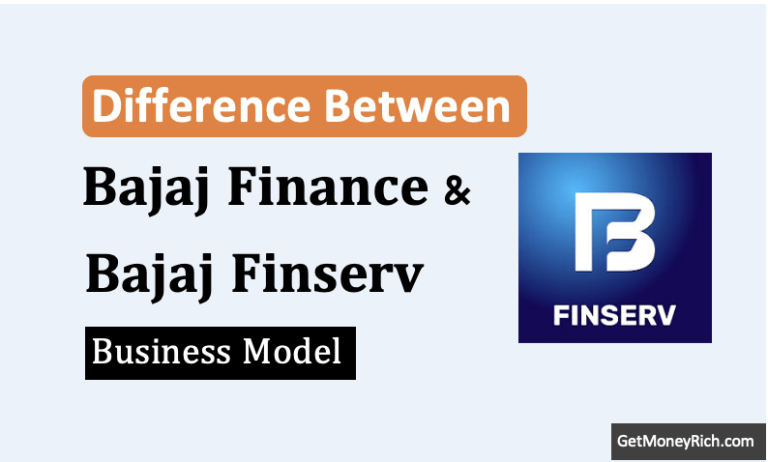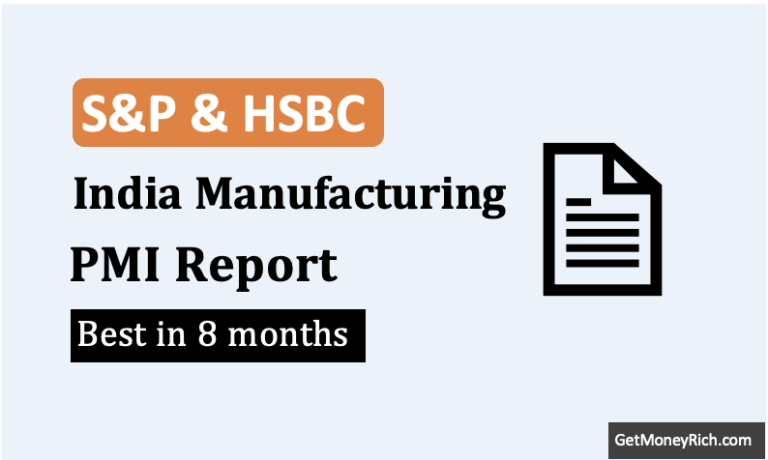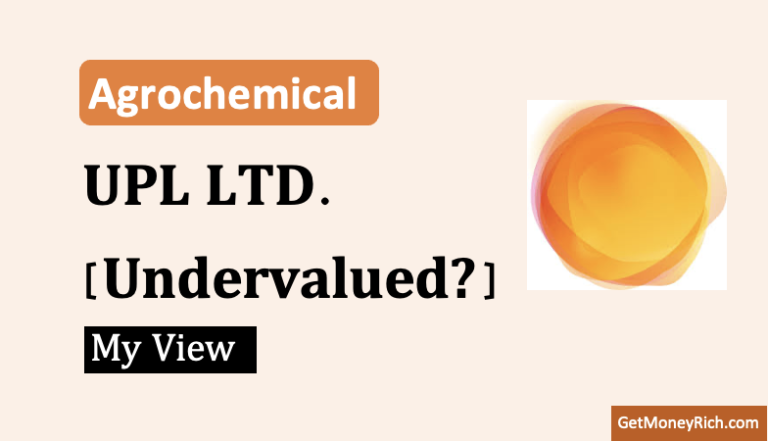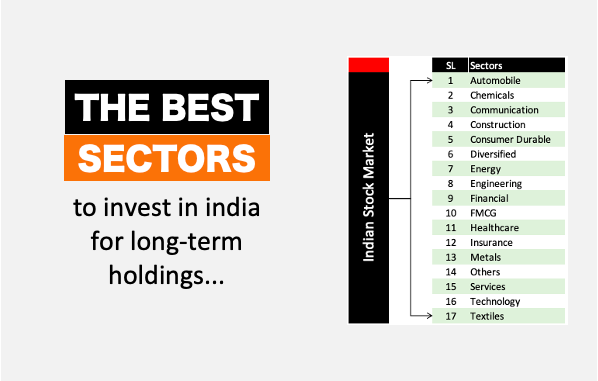When you think of painting a wall, you probably imagine a simple task — pick a color, buy the paint, and get rolling. But behind every can of paint, there’s an entire industry worth billions. Right now, this industry is going through some big changes. If you’ve invested in paint stocks or is a potential investor, you must me wondering what is happening to this high-growth segment.
Let’s declutter what’s happening with some of India’s biggest paint companies, Asian Paints, Berger Paints, and Indigo Paints. I’ll write this article from the perspective of an Investor.
1. Who Are the Key Players?
The Indian paint industry is a mature market dominated by a few well-established players who cater to different customer segments.
- Asian Paints is the undisputed market leader. Currently, it controls around 50% of the decorative paint market. Known for its extensive distribution network and strong brand presence, Asian Paints operates in both urban and rural areas. It has a wide range of products covering everything from basic interior paints to premium solutions like waterproofing and textured finishes. It’s a “go-to” brand for most households.
- Berger Paints holds the second position in the industry, with a market share of about 20%. While it has a significant presence in urban areas, its strength lies in tier-2 and tier-3 cities and rural markets. Berger’s competitive edge comes from its ability to offer affordable solutions and customized products for regional tastes.
- Indigo Paints is a relatively new entrant. It has grown quickly by identifying niche markets and offering innovative products like metallic and floor paints. While it only holds about 3% of the market, its growth strategy focuses on creative marketing, product differentiation, and dealer incentives.
2. What’s Going On?
Asian Paints, the largest player in India’s paint industry, is currently facing several challenges that are impacting its growth.
A key issue is the urban slowdown affecting big cities. This slowdown is driven by multiple economic factors that reduce people’s disposable income.
- Food inflation has caused the prices of everyday essentials to rise, forcing households to allocate more of their budget to basic needs.
- Additionally, high housing rents in metro areas mean a larger portion of earnings goes toward rent rather than discretionary spending like home improvement.
- Another factor is low wage growth. While living costs are increasing, salaries are not rising at the same pace, reducing overall purchasing power.
- Furthermore, people with home loans or personal loans are dealing with high interest payments due to elevated interest rates, causing more money to go toward EMIs.
Together, these factors make it harder for people to justify spending on non-essential items like repainting homes, directly affecting Asian Paints, which has a strong presence in urban markets.
On top of this, new competition is entering the market. Birla Opus, a fresh entrant backed by the Aditya Birla Group, is focusing on major urban centers.
New players often offer attractive incentives, such as free tinting equipment and dealer benefits, to gain market share. Since Asian Paints dominates these urban areas, it is feeling the most the effect of this new competition.
These combined challenges mean Asian Paints is likely to experience slower growth compared to its competitors. Why? Because other companies have stronger footholds in rural and semi-urban markets where demand remains robust.
2.1 Berger and Indigo Paints Benefiting from Rural Growth
While Asian Paints struggles, Berger Paints and Indigo Paints are doing better for a few reasons:
- Focus on Rural and Smaller Cities: These companies have a stronger presence in tier-3 and tier-4 cities and rural areas. Unlike big cities, smaller towns are not facing the same economic slowdown.
- Growing Demand in Rural India: Rural areas are seeing more demand for paints due to factors like:
- Increased government spending on infrastructure.
- Better farm incomes due to good harvests.
- Rural development programs improving living standards.
- Less Impact from New Competitors: Since new players like Birla Opus are focusing on big cities, Berger and Indigo are relatively unaffected for now.
3. Growth Expectations for FY25
The growth outlook for the paint industry in FY25 reveals a notable divergence among key players.
Analysts at Nuvama Institutional Equities predict that Berger Paints will perform relatively well, with an expected sales growth of 5% and volume growth of 6% year-on-year. Berger’s strategy of focusing on rural and smaller urban markets, which are less affected by economic slowdowns, seems to be paying off. Their extensive distribution network and mid-tier product offerings cater well to these markets. Berger is is likely to see steady demand even during uncertain economic periods.
Indigo Paints, a smaller player, continues to shine by consistently achieving growth rates 2-3 times the industry average over the last six quarters. This success is largely due to their focus on niche products like floor paints and metallic finishes, which face less competition. Their marketing strategies and relationships with dealers help them maintain momentum Indigo’s presence in semi-urban and rural areas is growing.
Asian Paints faces a challenging year ahead. Nuvama predicts a 1% decline in sales and only 1% volume growth. The urban slowdown, new competition, and a high base effect are key reasons behind this tepid outlook. Asian Paints’ reliance on big cities, where consumer spending is under pressure, impacts their growth more than competitors who are better positioned in rural markets.
What we as long-term investors should do? If you are someone who want to invest for next 1-2 years, I think Berger, Indigo, and Grasim (Birla Opus) might be more suitable. But people who invest in stocks to get the benefit of compounding, Asian Paints should be their focus. These are people who buy stocks for 10-15 years holding time.
Remember what Warren Buffett says about value investing – “It’s far better to buy a wonderful company at a fair price than a fair company at a wonderful price.”
This trend highlights how smaller, agile players are seizing opportunities, while the market leader struggles to navigate current challenges.
4. Why the Paint Industry Is Still Attractive
Despite recent challenges, the Indian paint industry remains a promising sector with strong growth potential for FY25 and beyond.
Analysts project a double-digit volume growth of over 10%, indicating robust demand across urban and rural markets. This growth is supported by rising disposable incomes in rural areas and an increasing focus on home improvement.
A key factor driving optimism is the rural revival.
With improved agricultural incomes, government spending on rural infrastructure, and job opportunities under schemes like MGNREGA, rural consumers are expected to spend more on home upgrades. This directly benefits paint companies that cater to these markets with economy and mid-tier products.
Additionally, profit margins are expected to remain healthy.
- Many paint companies implemented price hikes in 2024 to counter inflationary pressures.
- At the same time, lower raw material costs, especially for essentials like titanium dioxide (TiO₂) and crude oil derivatives, have helped improve margins. These materials account for a significant portion of production costs, and their price decline supports higher profitability.
Furthermore, established players like Asian Paints, Berger, and Indigo Paints enjoy strong distribution networks, brand loyalty, and operational efficiencies.
These advantages make it difficult for new competitors, like Birla Opus, to disrupt the market significantly.
5. Should You Worry About New Competition?
The entry of Birla Opus into the Indian paint market has raised concerns, particularly for Asian Paints.
However, as highlighted by Nuvama Institutional Equities, the paint industry has significant entry barriers that limit the long-term threat posed by new competitors. What are these barriers?
- Brand loyalty,
- Extensive distribution networks, and
- The need for high capital investment.
Established players like Asian Paints, Berger Paints, and Indigo Paints have spent decades building strong dealer relationships and consumer trust. It is difficult for newcomers to replicate this quickly.
New entrants like Birla Opus often offer free tinting equipment and lucrative dealer incentives to penetrate the market. While this can generate initial excitement, it does not always translate to sustained growth.
For instance, Berger Paints reported that the initial enthusiasm for Birla Opus among dealers is fading. Similarly, Indigo Paints noted no significant disruption or pricing pressure from new competitors.
This shows that while new players may shake up the market briefly, their ability to maintain momentum is limited. Customer loyalty, product quality, and efficient supply chains give established brands a clear advantage.
These factors will mak the long-term impact of new competition minimal for seasoned players.
6. My Perspective: What Does This Mean for Investors?
When looking at Asian Paints, Berger Paints, and other premier paint stocks, the long-term outlook (10-15 years) remains positive despite short-term challenges. Let me explain:
- Market Leadership and Legacy: Asian Paints, despite current hurdles, has a robust brand, extensive distribution network, and decades of customer trust. These strengths are difficult to replicate, giving it a significant advantage. Even if growth slows now (near term), the company has a strong foundation to rebound and maintain leadership over the long term.
- Rural Growth Potential: Paint companies are focusing heavily on rural markets where home improvement demand is rising. As India’s rural economy strengthens, driven by higher agricultural income and government initiatives, companies like Berger, which already have a strong rural presence, are well-positioned to benefit. This rural demand could fuel consistent long-term growth.
- Industry Resilience: The paint industry’s double-digit growth, coupled with high entry barriers, ensures established players retain market share. New competitors like Birla Opus may cause temporary disruptions, but they lack the reach, trust, and operational efficiency of established players. Over a decade or more, these new entrants will align with the market’s preference. I think, the disruption is only temporary.
For patient investors, investing in premier paint stocks means benefiting from the power of compounding.
Companies like Asian Paints and Berger have historically shown consistent performance.
Premier paint stocks are likely to remain solid wealth-building options over the next 10-15 years.
Conclusion
The paint industry is evolving.
Asian Paints serves as a case study in resilience. Despite current challenges, its ability to adapt and innovate will be key to its long-term success. The company’s focus on technology, automation, and expansion will be watched. Currently it is expanding into adjacent markets like home décor indicates a strategy beyond just paints.
While competitors target market share, Asian Paints aims to be a comprehensive home-improvement brand.
For investors, the question isn’t just whether Asian Paints can survive competition, more pertinent questionare as below:
- How it will transform itself in the next decade.
- Will it dominate new categories beyond paints?
- Will its massive distribution network offer leverage for other ventures?
These possibilities could unlock new growth avenues.
The paint market may seem saturated, but innovation, customer loyalty, and strategic vision can create fresh opportunities.
Investing in Asian Paints now might be a bet on the company’s ability to redefine what a paint company can become.
Remember the Warren Buffett’s mantra, “Be greedy when other are fearful.” I think, had Buffett been investing in India, he would have been slowly getting greedy for Asian Paints as almost all other investors are “fearful” about its business prospects.
If you found this article useful, please share it with fellow investors or leave your thoughts in the comments below!
Have a happy investing.

![India's Food and Beverage (F&B) Sector Analysis [2025] - Thumbnail](https://ourwealthinsights.com/wp-content/uploads/2025/01/Indias-Food-and-Beverage-FB-Sector-Analysis-2025-Thumbnail-768x461.jpg)




